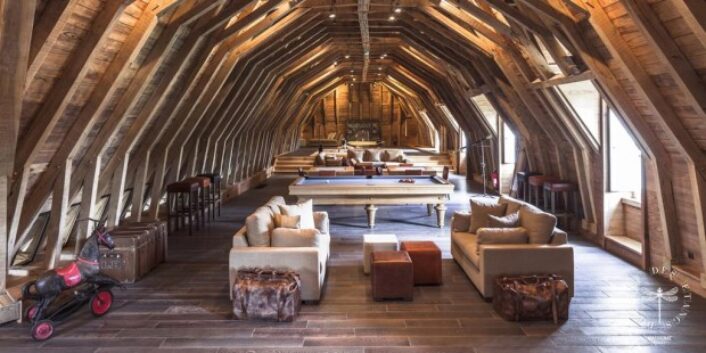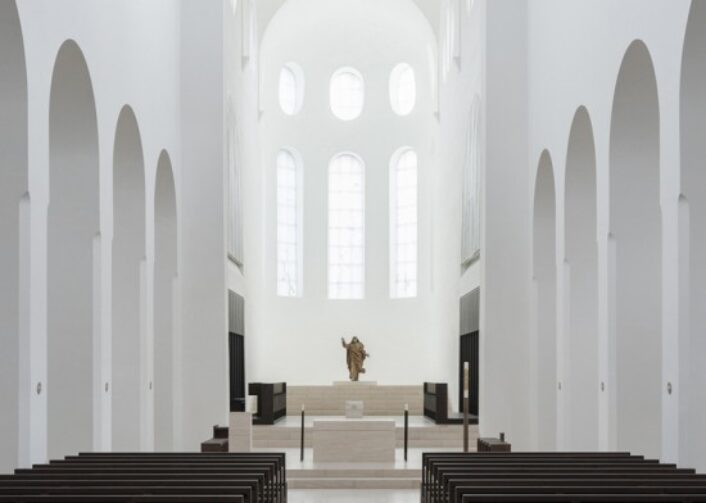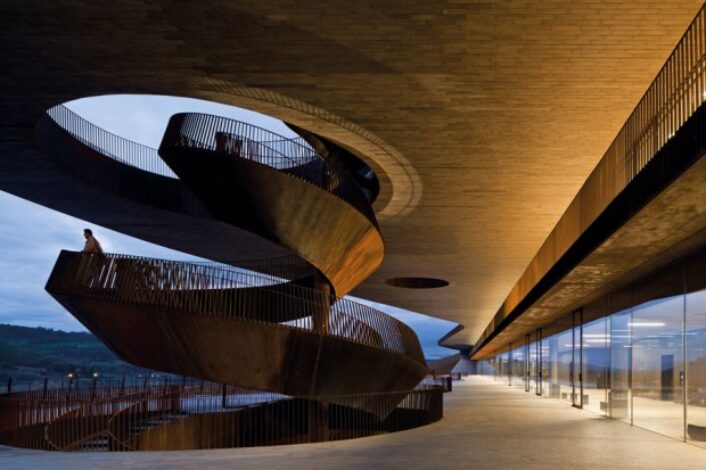Culture
Dreaming of Forte San Giorgio

An ariel view…
Image courtesy of: The New York Times Style Magazine, photographed by: Cerruti & Draime
After more than a decade of painstaking restorations and sincere love, Forte San Giorgio is now open for guests. The restored 16th-century fortress is listed as a National Monument of Architecture and Artistic Merit… proudly, after centuries of neglect.
Perched 500 feet above the sea, atop a cliff on Caparaia, Italy, this fortress once housed Genoan soldiers. Lucky solders! Caparaia is one of seven islands making up the Tuscan Archipelago and the location could not be more perfect!

The impressive view of the Tyrrhenian Sea.
Image courtesy of: The Thinking Traveller
The property includes a 66-foot-tall watchtower and is surrounded by stone ramparts on three sides… testament to a bygone time of architecture and geopolitics.
The entire 37,000-square-foot structure was carefully transformed into a massive residence of 11 bedrooms, 10 bathrooms, and two pools. The amenities spread across five buildings that are constructed on multiple levels throughout the compound. The kitchen was designed in collaboration with the Michelin-starred chef, Riccardo De Pra. It is connected to an enormous 30-person dining room that is both regal and inviting.

A map of Forte San Giorgio.
Image courtesy of: Robb Report, photographed by: Cerruti Draime
The Riva family purchased the structure in 2009; Hilary Riva says, “We wanted to make it contemporary while respecting the history.” In such, they also added oak parquet floors and travertine countertops that compliment an Indian mahogany dining table.
Untouched remain the vaulted ceilings that are covered with original frescoes and a grand staircase constructed from volcanic stone. Each wing is furnished in a contemporary Mediterranean-style that seamlessly integrated modern technological touches such as high-speed internet and smart TVs.
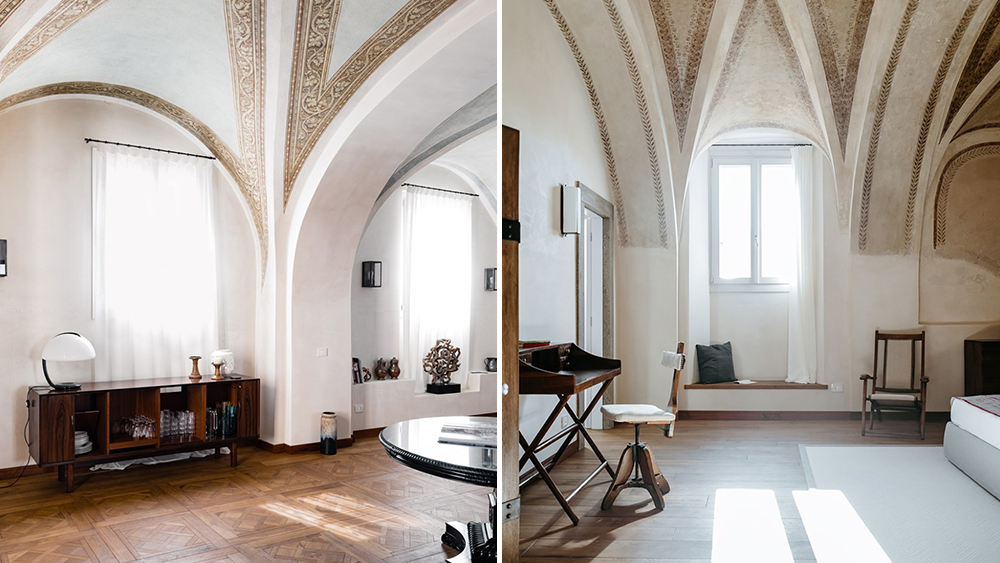
Inside the fortress.
Forte San Giorgio is one of the island’s main symbols… the image is a part of the city’s emblem.
Image courtesy of: Robb Report, photographed by: Cerruti Draime
The fortress was constructed in 1540 when the Republic of Genoa intervened to liberate the island from Dragut. The castle is located on top of the old Castello Pisano that was built in 1200 and destroyed by pirates. Its function had two purposes; one was to protect the village and the other was to serve as a hospitality location for the entire community. The structure also made the development of a port area possible.
Sadly, a 1800s landslide severely damaged the east side of the building. That part of the building housed a convent, and the destruction caused many deaths in the “women’s quarter.”
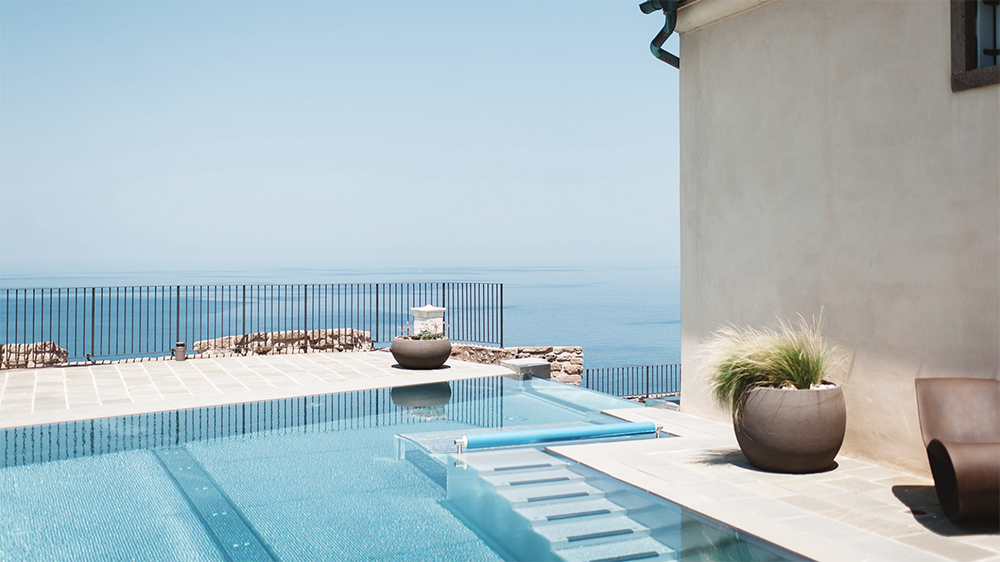
Pool and sea view…
Image courtesy of: Robb Report, photographed by: Cerruti Draime
Renovations made way for wonderful discoveries… amazing secrets were enclosed within this stunning architectural structure. Beneath the floor of the main room, the Church of Capraia was rediscovered and found to have been active from the 1400s to the mid-1700s. The church was apparently the burial place for 150 men thought to have been killed by an epidemic. Other unearthing showed that the castle was used as a personal residence that included a ventilated room where salt was conserved.
The renovation is stunning and the location is etherial. Quite a place indeed!
